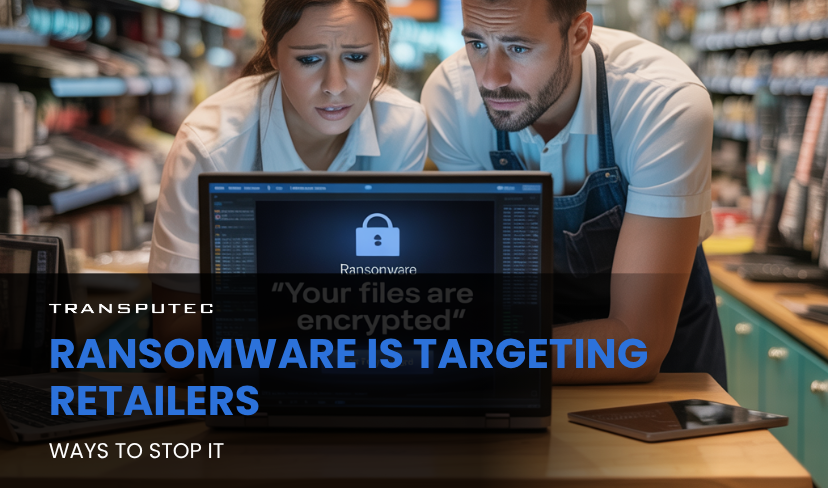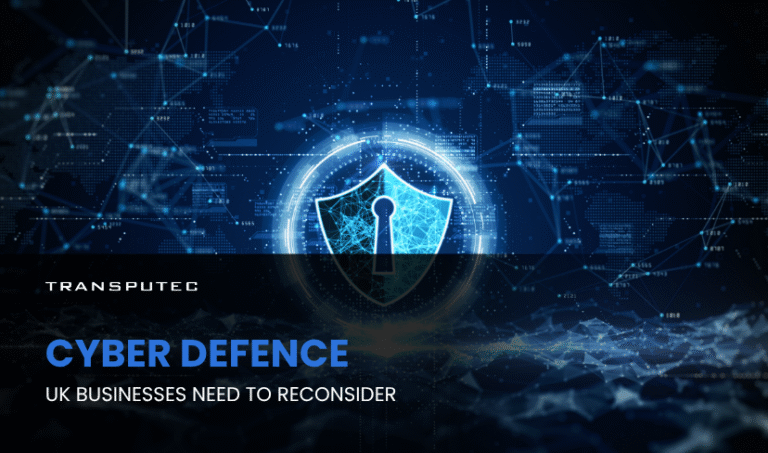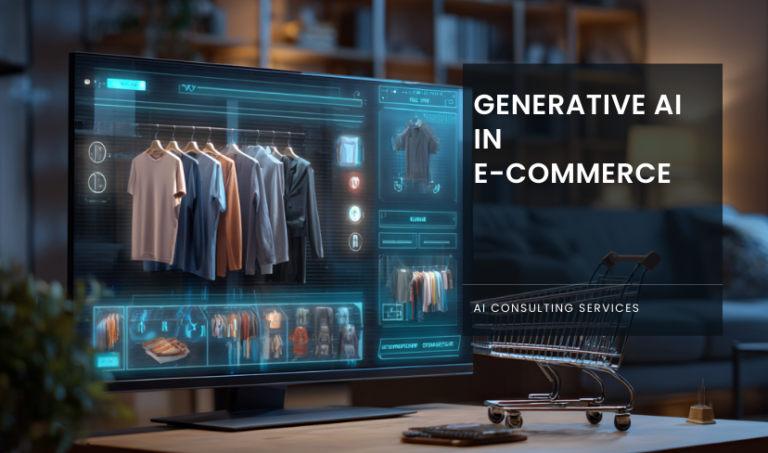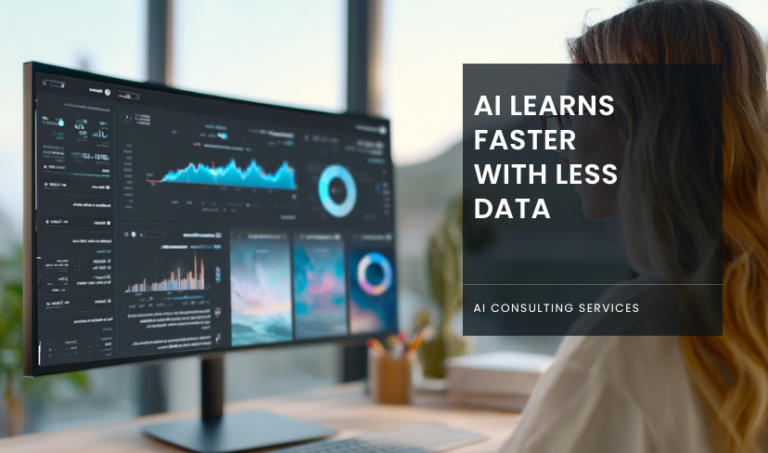Written by KRITIKA SINHA | MARKETING
The Silent Threat Behind Every Checkout!
Last year, a national retail chain shut down over 300 stores overnight, not because of a product recall or financial loss, but due to ransomware. Employees arrived at locked systems and panicked calls from customers unable to make purchases. Every minute offline meant thousands in revenue losses, data exposure risks, and customer trust erosion.
This isn’t fiction; it’s reality. Ransomware is targeting retailers with increasing precision, using sophisticated techniques that exploit busy checkout systems, outdated endpoints, and untrained staff. If you’re a business leader or retail operations manager, this is no longer an IT-only problem—this is your problem.
In this blog, we break down how ransomware is targeting retailers, why the retail sector is now a primary target, the financial and reputational damage it causes, and most importantly, what you can do about it. You’ll also discover how Transputec’s cybersecurity solutions provide real-world protection, plus expert advice to help you stay one step ahead.
Why Ransomware Is Targeting Retailers?
Retailers have become prime targets for ransomware attacks, and the reasons are both structural and operational. Unlike other sectors, retail is
- Highly Distributed: With multiple stores, warehouses, and online platforms, retailers have a vast digital footprint. Each endpoint, whether a till, handheld scanner, or smart shelf, can be a potential entry point for attackers.
- Diverse Endpoints: Retail operations rely on a mix of traditional computers and specialised devices, from RFID-tagged pallets to vehicle-mounted systems, creating a complex attack surface.
- Non-Technical Workforce: Many retail employees are not IT specialists, making them more susceptible to phishing and social engineering attacks.
- Data-Rich: Retailers hold valuable customer data, including payment information and personal details, making them attractive targets for extortion.
The consequences of a successful ransomware attack are severe: operational shutdowns, loss of customer trust, regulatory penalties, and significant financial losses. According to Sophos, 45% of retail organisations reported being hit by ransomware in the past year, with the average recovery cost soaring to $2.73 million in 2024-up from $1.85 million the previous year.
Recent High-Profile Attacks: Ransomware Is Targeting Retailers Now
2025 has seen a surge in ransomware attacks on major UK retailers. Between April and May, companies like Marks & Spencer, Co-op, and Harrods faced significant disruptions:
- Marks & Spencer: Forced to pause online clothing orders for six days following a cyber incident.
- Co-op: Suffered a breach that impacted back office and call center operations.
- Harrods: Restricted site access after an attempted breach, highlighting the constant threat even when attacks are thwarted.
These incidents were linked to sophisticated threat actor groups such as Scattered Spider and DragonForce, who use advanced phishing campaigns and ransomware-as-a-service (Raas) models. In these models, affiliates gain initial access and execute attacks, while operators provide the malware and infrastructure.
The frequency and sophistication of these attacks are expected to increase as groups like DragonForce seek greater notoriety and attract more affiliates.
How Attackers Infiltrate Retailers: Tactics and Techniques.
1. Phishing Emails to Employees
Attackers often send deceptively crafted emails to retail staff, especially those in customer service or HR, posing as internal departments or trusted vendors. These emails may include malicious links or attachments that, when clicked, install ransomware or provide remote access to systems. Retail workers under pressure during peak hours are more likely to fall for these scams.
Solution: Implement ongoing staff training and email filtering systems.
2. Exploiting Unpatched POS and Legacy Systems
Many retailers still run outdated Point-of-Sale (POS) software or legacy operating systems that are no longer supported with security updates. Attackers scan for these vulnerabilities and use known exploits to gain system access.
Solution: Regularly patch and upgrade POS systems, even if they still “seem to work fine.”
3. Credential Stuffing and Weak Passwords
Retail employees often reuse passwords across multiple systems or don’t follow strong password practices. Attackers use credential stuffing attacks, where they try combinations of usernames and leaked passwords from previous breaches to gain unauthorised access.
Solution: Enforce strong password policies and enable multi-factor authentication (MFA).
4. Compromising Third-Party Vendors
Attackers don’t always target retailers directly. Instead, they infiltrate third-party vendors or service providers, such as payment processors or IT support, who have access to retail systems. Once compromised, these vendors become a backdoor into the retailer’s network.
Solution: Vet all vendors for cybersecurity practices and enforce zero-trust access controls.
5. Malicious USB Devices and Physical Access
In busy retail environments, attackers may drop infected USB drives near staff areas, hoping employees will plug them into work computers. Or they may gain brief physical access to systems during open hours to install malware manually.
Solution: Disable USB ports on POS and admin systems and restrict physical access where possible.
6. Social Engineering and Fake Tech Support Calls
Some attackers use voice phishing (vishing) or pretend to be from IT support, instructing employees to install “urgent updates” or give away login credentials. These tactics rely on trust and urgency to bypass standard protocols.
Solution: Train staff to verify all support requests and escalate anything suspicious.
Building Resilience: What Retailers Can Do?
1. Invest in Proactive Security
- 24/7 Monitoring: Continuous surveillance and threat detection are essential. Managed Security Operations Centres (SOC) provide real-time alerts and rapid response.
- Vulnerability Management: Regular assessments and patch management close gaps before attackers can exploit them.
- Penetration Testing: Simulated attacks help identify weaknesses and improve defences.
2. Strengthen Backup and Recovery
- Robust Backup Solutions: Secure, off-site, and regularly tested backups are critical. Ensure backups are isolated from the main network to prevent compromise.
- Recovery Playbook: Have a detailed, rehearsed plan for responding to ransomware, including roles, communication protocols, and escalation paths.
3. Educate and Empower Staff
- Employee Awareness Training: Regular training helps staff recognise phishing attempts and follow best practices.
- Security Culture: Foster a culture where security is everyone’s responsibility, not just IT’s.
4. Leverage Advanced Security Solutions
- Next-Generation Firewalls and Endpoint Protection: Modern security tools detect and block ransomware before it spreads.
- Threat Intelligence: Stay informed about emerging threats and adapt defences accordingly.
How Transputec Helps When Ransomware Is Targeting Retailers
Transputec offers a comprehensive suite of services designed to protect retailers at every stage of the ransomware lifecycle:
- Risk Assessment: Identify vulnerabilities and prioritise remediation to reduce risk exposure.
- Managed Detection and Response (MDR): 24/7 monitoring, rapid threat identification, and expert-led incident response ensure threats are contained quickly.
- Ransomware Recovery Playbook: Tailored plans guide your organisation through preparation, response, and recovery, minimising downtime and data loss.
- Backup and Recovery Solutions: Secure, resilient backup strategies ensure data can be restored quickly and safely.
- Employee Training: Comprehensive programs build awareness and reduce the risk of human error.
- Advanced Security Technologies: From next-gen firewalls to endpoint protection and vulnerability management, Transputec delivers state-of-the-art defences.
Transputec’s expertise isn’t just theoretical; clients trust us to safeguard their operations, improve resilience, and respond effectively to incidents. With a proven track record and a holistic approach, we help retailers not just survive but thrive in a world where ransomware is targeting retailers.
Conclusion
This blog has revealed why ransomware is targeting retailers, illustrated by recent high-profile attacks and supported by empirical data. We’ve explored the unique vulnerabilities of the retail sector, the costly impact of attacks, and the evolving tactics of cybercriminals. Most importantly, we’ve shared actionable strategies and demonstrated how Transputec’s expertise can help your business build resilience, recover quickly, and stay ahead of threats.
Ransomware is targeting retailers with increasing frequency and sophistication. The time to act is now-before your business becomes the next headline.
Ready to strengthen your defences against ransomware? Contact us today to connect with a Transputec expert and get started on your journey to robust, resilient cybersecurity. Your business, your customers, and your peace of mind are worth it.
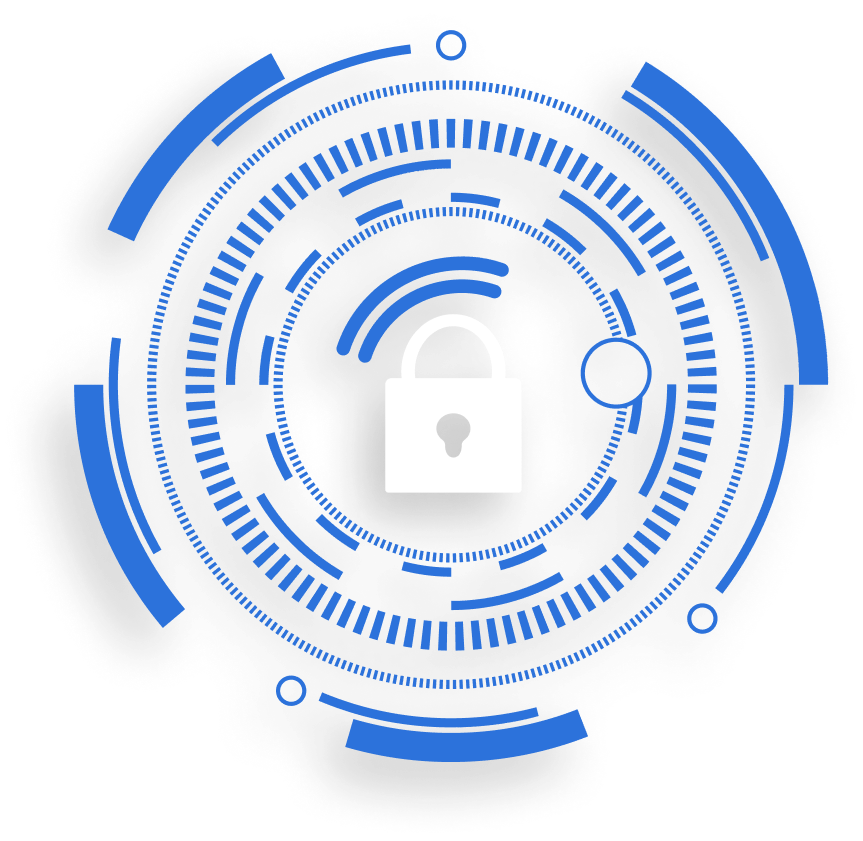
Secure Your Business!
Ready to explore how we can enhance your security posture? Contact us today to speak with one of our experts.
FAQs
1. Why is ransomware targeting retailers specifically?
Retailers have high-value data (payment, personal info), multiple endpoints (POS, e-commerce), and can’t afford downtime. These factors make them ideal ransomware targets.
2. How can Transputec help protect my retail business from ransomware?
Transputec offers 24/7 threat monitoring, vulnerability assessments, backup strategies, and employee training. We handle prevention and response so you stay protected.
3. What should I do immediately if ransomware hits my systems?
Disconnect infected systems, alert your IT provider, avoid paying the ransom, and contact Transputec’s response team. We can help contain and recover operations quickly.
4. How do I know if my retail business is vulnerable to ransomware?
If you use outdated systems, lack endpoint security, or don’t have recent backups, you’re at risk. Transputec offers a cybersecurity audit to assess your exposure.
5. Does Transputec provide ongoing support or just incident response?
We provide full lifecycle cybersecurity support from prevention to response and recovery. Our managed IT and security services are tailored to retail businesses of all sizes.
